Exhibitions, Projects
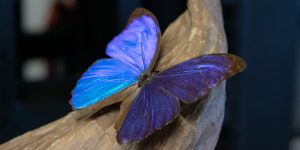
The Form of Digital Nature
Yoichi Ochiai (JP)
In Digital Nature, our current norms of physical and recognition abilities are transcended. Extremely enhanced computation and resolution abilities become part of daily life. The humanity of the future may live in Digital Nature, where the very concepts of nature, artificial objects, gravity and time are overturned.
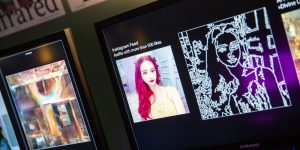
Artificial Light
Max Seeger (DE)
How does a neural network learn to see and how can we shape the perception of artificial intelligence? In a very experimental and fundamental manner, this project tries to study perception and recreation of light phenomena by artificial intelligence.
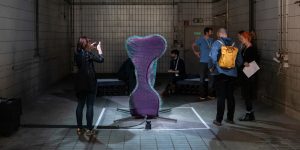
Doing Nothing with AI
Emanuel Gollob (AT)
In order to promote a doing nothing state in 2019, Emanuel Gollob and his team created a neuroreactive robotic installation, using live EEG-measurements and a real-time adapting choreography. Over time a generative algorithm increasingly learns to move the installation in a way that best supports the viewer’s mind-wandering process.
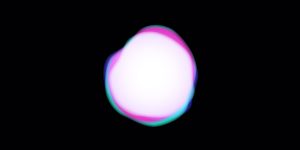
Lichtzeichen
Lars Schrodberger (DE)
Language is the key to human communication. Ever since the invention of letterpress and book printing, humans have been fascinated by type and language. However, the written language has lost its magic over the years. That’s why I want to bring back life to the magic and mysticism of type and language. In order to achieve this, I created a machine for translating and interpreting written words, texts or single letters into emotional and abstract light signals.
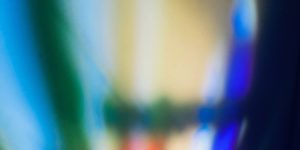
Lucifer
Kari Massey (DE)
Lucifer is a small robot, which reacts to light and gives light. If Light were a living thing, how would we encounter it? How would we communicate with each other? With 3 joints, 3 degrees of freedom, Lucifer is able to react with a wide range of motion. He addresses us with his movements. How do we react to this feedback? He brings light and he seeks light. Do we accept his offer? Or will we try to take away the light he seeks? An experimental reflection on human behavior.
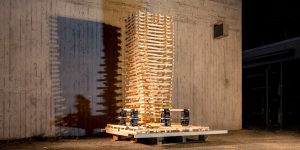
Distributed Robotic Assembly for Timber Structures
Samuel Leder (US), Ramon Weber (CH)
Dieses multidisziplinäre Forschungsprojekt beschäftigt sich mit autonomen maschinellen Kollektiven, die bauliche Strukturen erstellen.
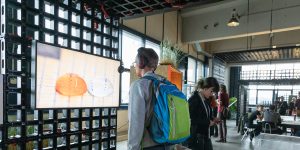
Programmable Droplets
Udayan Umapathi (IN/US)
The Programmable Droplets system was created to use droplets in our environment and program them for information manipulation and human interaction.
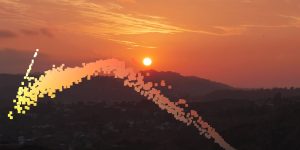
Modeling Color Spectra
Benedict Falkenstein (DE)
Each picture consists of many individual colors. Based on the RGB color space, I created a virtual reality application that shows a three-dimensional shape of the color spectrum of the image. This object can be moved and deformed by users, who can then see the changes they made to the picture. This direct link between the image and the three-dimensional color space gives the user a completely new perspective on colors and their location in the RGB color system.
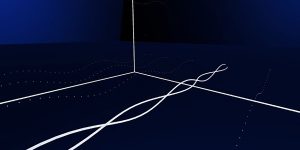
Rays
Anne-Sophie Schmidt (DE)
Rays is a VR environment designed to get viewers excited about the physics of electromagnetic waves. With a self-designed ring as controller, the user can hunt for the information himself. Other interactions, such as changing the frequency of the wave, demonstrate the properties of the different wave types and are illustrated by dimensions that represent the wide bandwidth of the wave dimension. Immerse yourself and explore the invisible radiation surrounding you.
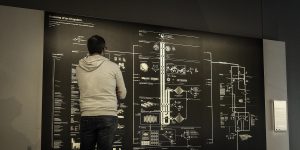
Anatomy of an AI System
Vladan Joler (RS), Kate Crawford (AU)
Anatomy of an AI uses the example of Amazon Echo to show the countless components and factors behind the production of artificial intelligence systems. But this process is so complex that its full extent can hardly be comprehended.


